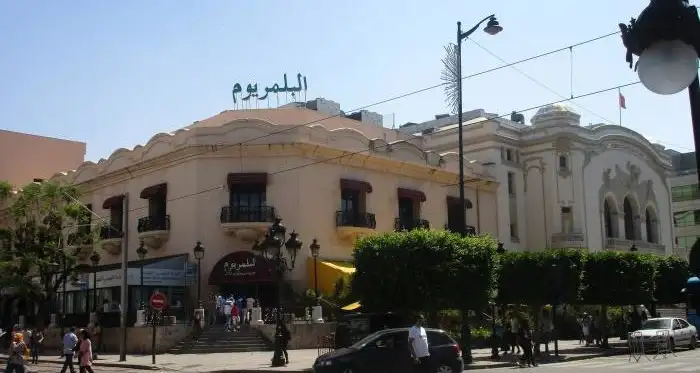The historic Palmarium building, located in the heart of Tunis, is gradually losing its vitality. Formerly considered a high place of trade in the capital, this center, emblematic for several generations of Tunisians, is gradually empty of its traders.
At the origin of this disturbing situation: an outbreak of rents that traders deem completely disconnected from current economic reality. According to them, rents have become incompatible with a net level of activity decreased, due to reduced attendance and increased competition from other more modern shopping centers.
Recently, palmarium traders organized a demonstration in order to denounce the “dramatic deterioration” of their situation, while calling on the authorities to act quickly before it is too late.
In a statement relayed by the media “ultra tunisia”, Jameleddine Aissaoui, president of the Center merchants’ union, stressed that the charges are increasingly heavy, while the revenues collapse. He specifies that rents automatically increase by 6% each year, which suffocates the remaining traders.
Mr. Aissaoui calls to freeze this automatic increase and to review the amounts of rents, based on article 37 of the 1977 law governing commercial leases. The latter authorizes a revision of rents in the event of exceptional economic circumstances, revolutions, natural disasters or pandemics.
The situation is alarming: out of the 250 shops in the palmarium, about 70 have already closed, including 36 on the second floor, 14 in the first, 7 jewelry stores and several others on the ground floor.
The palmarium, built around 1909 during the French colonial period, was originally a performance and leisure room. He was converted to the shopping center in 1997, adjoining the municipal theater of Tunis. He keeps a special place in the Tunisian collective memory, symbolizing both a bygone era and the unexploited potential of a building with a rich past.








